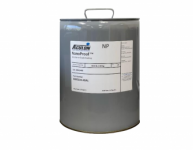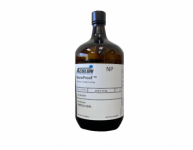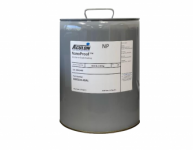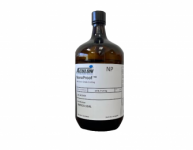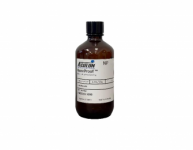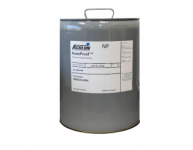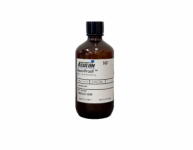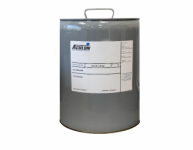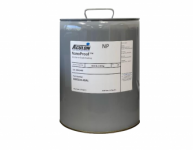3M Novec replacements
3M Novec alternatives, electronic grade coatings are specialized coatings designed to protect electronic components and circuitry from environmental factors, such as humidity, heat, and corrosion. These coatings are used in various industries, including electronics, aerospace, automotive, and medical, to ensure the longevity and reliability of electronic devices by providing a protective barrier against moisture, dust, and other contaminants that can interfere with their functionality.
Electronic grade coatings are typically applied as a thin layer over electronic components or circuitry to provide a barrier against environmental contaminants, moisture, and corrosive agents. These coatings can be applied through various methods, including spray, dip, or brush application, and can be cured through heat or UV light.
As the demand for high-performance electronic devices continues to grow, the importance of reliable electronic-grade coatings cannot be overstated. Although the 3M Novec coating was once a popular choice, its discontinuation has paved the way for new and innovative solutions. These advanced coatings are essential in industries such as aerospace, automotive, consumer electronics, and telecommunications, where device reliability and performance are of the utmost importance.
Aculon Nanoproof 3-002
- 0.2% Fluoroacrylate Solids
- 0.1 - 1 um Thickness
- 3M Novec 1702 replacement
- 4 weeks
Aculon Nanoproof 3-02
- 2% Fluoroacrylate Solids
- 0-2 - 2 um Thickness
- 3M Novec 1700, 1902 replacement
- 4 weeks
Aculon Nanoproof 3-04
- 4% Fluoroacrylate Solids
- 0.25 - 2 um Thickness
- 3M Novec 1904, 2704 replacement
- 4 weeks
Aculon Nanoproof 3-08
- 8% Fluoroacrylate Solids
- 0.25 - 4 um Thickness
- 3M Novec 1908, 2708 replacement
- 4 weeks
Aculon Nanoproof 3-10
- 10% Fluoroacrylate Solids
- 0.25 - 6 um Thickness
- 3M Novec 1710 replacement
- 4 weeks
Product Selector Guide
| Product | Fluoroacrylate (%) | Thickness (um) | Viscosity (cP) | Tg (°C) | Refractive Index | Water Contact angle | Oil Contact angle | Replaces |
|---|---|---|---|---|---|---|---|---|
| 3-001X | 0.1% | < 1 | < 20 | 95 | 1.376 | 120° | 80° | 1720 |
| 3-002 | 0.2% | 0.1 - 1 | < 20 | 95 | 1.376 | 120° | 80° | 1702 |
| 3-01 | 1% | 1 | < 20 | 95 | 1.376 | 120° | 80° | - |
| 3-02 | 2% | 0.2 - 2 | < 20 | 95 | 1.376 | 120° | 80° | 1700, 1902 |
| 3-04 | 4% | 0.25 - 2 | < 20 | 95 | 1.376 | 120° | 80° | 1904, 2704 |
| 3-08 | 8% | 0.25 - 4 | < 20 | 95 | 1.376 | 120° | 80° | 1908, 2708 |
| 3-10 | 10% | 0.25 - 6 | < 20 | 95 | 1.376 | 120° | 80° | 1710 |
Thickness depends on the amount of Solids. The higher the amount of solids, the thicker the coating after the solvent evaporates.
Frequently Asked Questions
How are electronic grade coatings applied?
Electronic grade coatings can be applied through various methods, including spray, dip, or brush application, and can be cured through heat or UV light.
Do I need to change my current equipment?
There shouldn't be any requirement to make any changes to current equipment. Since the products are drop in replacements, there also shouldn't be any need to change application parameters.
Learn More
Common Questions | Answer |
What is the targeted thickness? | Target thickness is application dependent. |
How can NanoProof 3 be applied? | NanoProof 3 can be dipped, sprayed, and needle dispensed. |
Is NanoProof 3 flammable? | No. |
Is NanoProof 3 toxic? | No. |
Is NanoProof 3 VOC-free? | NanoProof 3 is VOC-exempt in certain countries. |
What is the shelf-life? | Recommended storage is in a cool, dry environment (less than 40C). Keep containers tightly sealed. Keep out of sunlight or heat sources. Shelf life for this product is 2 years from the manufacture date in a sealed container. |
What are the cure requirements? | NanoProof 3 does not require heat curing. This coating cures at room temperature in less than 5 minutes. |
Any compatibility issues with epoxy? | NanoProof 3 may delaminate or apply unevenly on epoxy. |
Any specific equipment required? | No. Aculon has a strong relationship with equipment manufacturers such as Nordson, PVA, etc. |
How do you measure hydrophobicity and oleophobicity with NanoProof 3? | NanoProof 3 will show water contact angles greater than 110 and oil contact angles greater than 70. |
How do you QC the material once applied? | Area coverage can be evaluated visually with the UV Tracer feature - if there are thin layers or areas that are untreated, you can touch up those spots with additional chemistry. You can also measure thicknesses, we use a filmetrics machine. |
Do boards need to be cleaned before treatment? | Yes. If there is no clean flux, we recommend using a cleaner. Dust and debris may be removed using air pressure. |
What level protection does NP 3 provide? | IPX Level 5/6 |
Is selective deposition possible? | Yes, masking is not required but can be implemented. |
Is NanoProof 3 a flexible coating? | Yes. If less than 1um thick, |
Are there any packaging restrictions? | No. |
Any consequences if over applied? | Over application may lead to cracking or blistering. |
Any keep out areas? | You will not want to coat contacts. This coating is insulative and may create impedance. |
Any supply chain risks? | No, multiple sources for the carrier solvent and raw materials. |
Is this REACH/RoHS Compliant? | Yes, all Aculon products are REACH/RoHS Compliant. |
Is this coating UV stable? | No, will degrade overtime |
What is the min thickness after drying for salt water protection? | n/a wont work for full immersion |
Does the thickness of the coating correlate to the protection performance (is thicker better)? | Yes |
Are there any risks to solvent trapping? | Always a risk, however materials are low enough concentration and the material does not skin over so this would be highly unlikely. |
Does the application process have to be done in a ventilated fume hood? | No |
If the PCB has sharp edges, will it impact the edge coverage? | Yes, material will pool off and be thinner around edges to some degree |
Is there any concern with moisture penetration if delaminated? | Yes |
My PCB has components of different substrates. Is NanoProof compatible with metals and plastics? | Yes, with the exception of fluorinated materials |
Can we reapply the material? What is suggested for rework or touch ups? | Yes, solvent can be used to clean questionable areas and then the material can be reapplied as desired. If appearance is not a concern then a simple coating reapplication should work. |
What are Electronic grade coatings?
When it comes to protecting electronic components and circuitry, Electronic Grade Coatings such as the legacy 3M Novec, offered a high-performance solution. These coatings are designed to protect sensitive electronics from environmental factors such as moisture, dust, and corrosion, and are used in a variety of industries, including aerospace, automotive, and medical.
3M novec alternatives provide up to IPX5 level protection to PCBs and electronic components, utilizing proprietary polymer technology to achieve dust and water protection across many substrates on a PCB. With flexible application methods including spray, dip, and dispensing, there is no cure requirement as well as quick processing times, improved yields and reduced equipment costs.
As 3M™ exits the business of engineered coatings, we are happy to to support customers of 3M's Novec Electronic Grade coatings line transition. Our goal is to make the transition as seamless as possible by offering comparable products while adding some additional benefits including UV tracer across the whole line and better pricing in many cases.
So, what makes Electronic Grade Coatings so special? Let's take a closer look at some of their benefits:
Superior protection: 3M Novec Electronic Grade Coatings offer superior protection against a wide range of environmental factors. They can protect electronic components and circuitry from moisture, dust, and corrosion, which can cause damage and reduce the lifespan of electronic devices.
Excellent adhesion: These coatings are designed to adhere to a variety of substrates, including metals, plastics, and ceramics, ensuring that electronic components are fully protected.
Low toxicity: Unlike some other electronic grade coatings, 3M Novec replacement Electronic Grade Coatings are low in toxicity, making them safe for use in medical and other sensitive applications.
Easy application: These coatings can be applied using a variety of methods, including spray, dip, or brush application, and can be cured through heat or UV light.
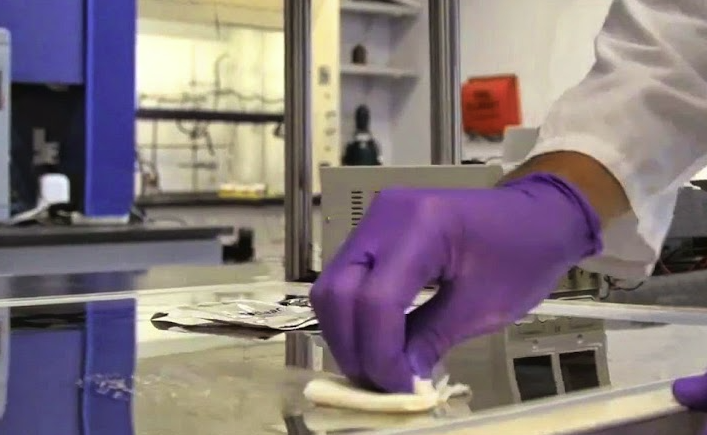
But what about specific applications? Here are just a few examples of how 3M Novec Electronic Grade Coatings can be used:
Aerospace: Electronic components used in aircraft need to withstand extreme temperatures, high humidity, and other environmental factors. 3M Novec Electronic Grade Coatings provide superior protection against these elements, ensuring that critical components are able to operate reliably and safely.
Automotive: Electronic components used in automobiles are exposed to a wide range of environmental factors, from extreme heat and cold to moisture and dust. 3M Novec Electronic Grade Coatings can protect these components, helping to extend the life of the vehicle and improve its overall reliability.
Medical: Electronic components used in medical devices need to be protected from moisture and other contaminants that can compromise their function. 3M Novec Electronic Grade Coatings can help ensure that these devices operate safely and effectively, without risking contamination or other issues.
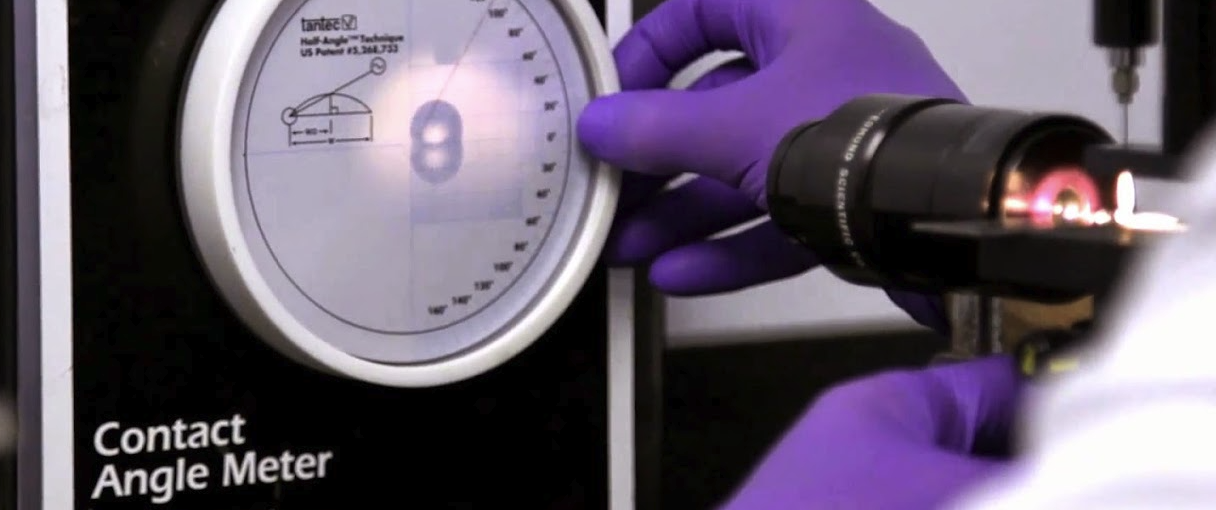
Direct alternatives to 3M Novec Electronic Grade Coatings offer a range of benefits and can be used in a variety of applications. Whether you're working in aerospace, automotive, or medical, these coatings can help protect your electronic components and circuitry, ensuring reliable performance and longevity.



